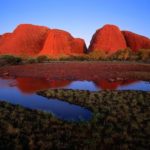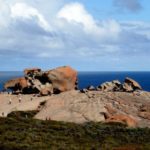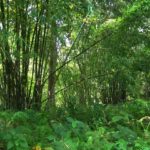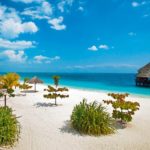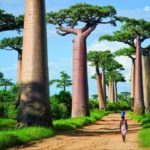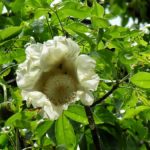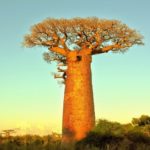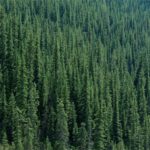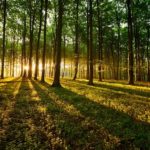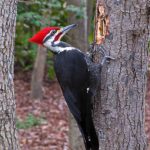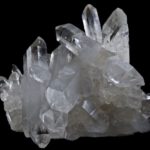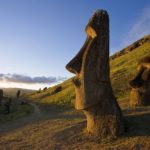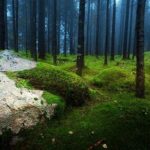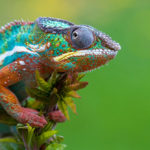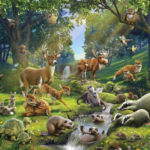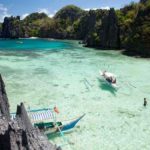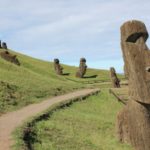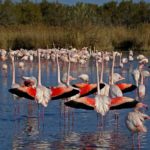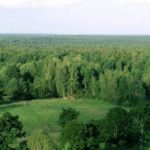Stone Forest of Madagascar
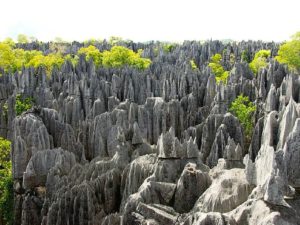 Madagascar stone forest is a national park reserve, everywhere there are sharp rocks of minerals and yellow limestone. On the island, this forest is called Tsinzhi du Bemaraha, or Tsingi de Bemaraha. Also here are the Baobab Alley and the burial of Manambolo Goj.
Madagascar stone forest is a national park reserve, everywhere there are sharp rocks of minerals and yellow limestone. On the island, this forest is called Tsinzhi du Bemaraha, or Tsingi de Bemaraha. Also here are the Baobab Alley and the burial of Manambolo Goj.
Mineral formations are located at a distance of 80 km from the beaches. The name of the reserve deserved, because the limestone, located here resembles the sharp pillars of trees, their shape is similar to Christmas trees, and the whole area resembles a real stone forest.
Locals call these pillars “scurvy.” Walking along the Tsinga de Bemereha, is tantamount to passing winding mazes.
This extraordinary place is located in the west of Madagascar. Since 1927, it has been guarded by the authorities. From 1990, the Madagascar forest is one of the UNESCO heritage sites. The reserve area is 1520 square kilometers and it stretches from the Monambolo River to the Bemarcha Plateau. Stone Forest is one of the largest protected areas.
And besides, not all the territory of the stone forest is open for viewing. Part of the reserve is closed altogether, and part is open since 1998. Getting here, there is a feeling that you are on another planet.
If you translate Tsinzhi du Bemaraha into Russian, it turns out to be “tiptoeing”. Having been here, it is not difficult to understand where such a name comes from. The local landscape simply does not allow to move in a different way.
All these extraordinary rocks arose here later on erosion. For many years, acid rain and water devoured limestone formations that once trailed here. There are very rare tree species growing between the stock pens, reaching ten meters in height. Various species of very rare animals and birds also hide in their leaves. One of these animals is the snow white lemur.
In order to see all the beauty of the stone forest, you can use a special equipment to climb the cliffs or from observation platforms. This is the only way, since all the passages in the reserve are very uneven and it is difficult to walk here. Due to this, rare plant species and endangered species of lemurs have been preserved here.
At the foot of the cliffs of the reserve flows the Monambolo River, as well as many caves, gorges and canyons. Tropical trees and xerophytic plants grow everywhere here. This unique place is a child of nature. Mangroves, crystal clear lakes were not touched by the human hand.
The rivers flowing by the reserve are the main source of drinking water for local residents.
You can get to the reserve by plane from Antananarivo, getting to Antasalov, and from there by car You can also enjoy the natural beauty of the Madagascar reserve by moving the Monambolo river by canoe. From July to October here is the most favorable weather conditions.
However, it is worth noting that the road to the Park Zingi de Bemaraha is quite heavy, the roads are bad, so it would take 2 days to get to the reserve and back, and another day for the excursion. That is why it is best to go sightseeing, or use the help of a local guide.
Infrastructure is developed in the reserve area, there are hotels and restaurants here. Entrance fee is 10 euros, guide – 15 euros. It is most convenient if you have your own transport, since there is no transport in the area of the reserve.

